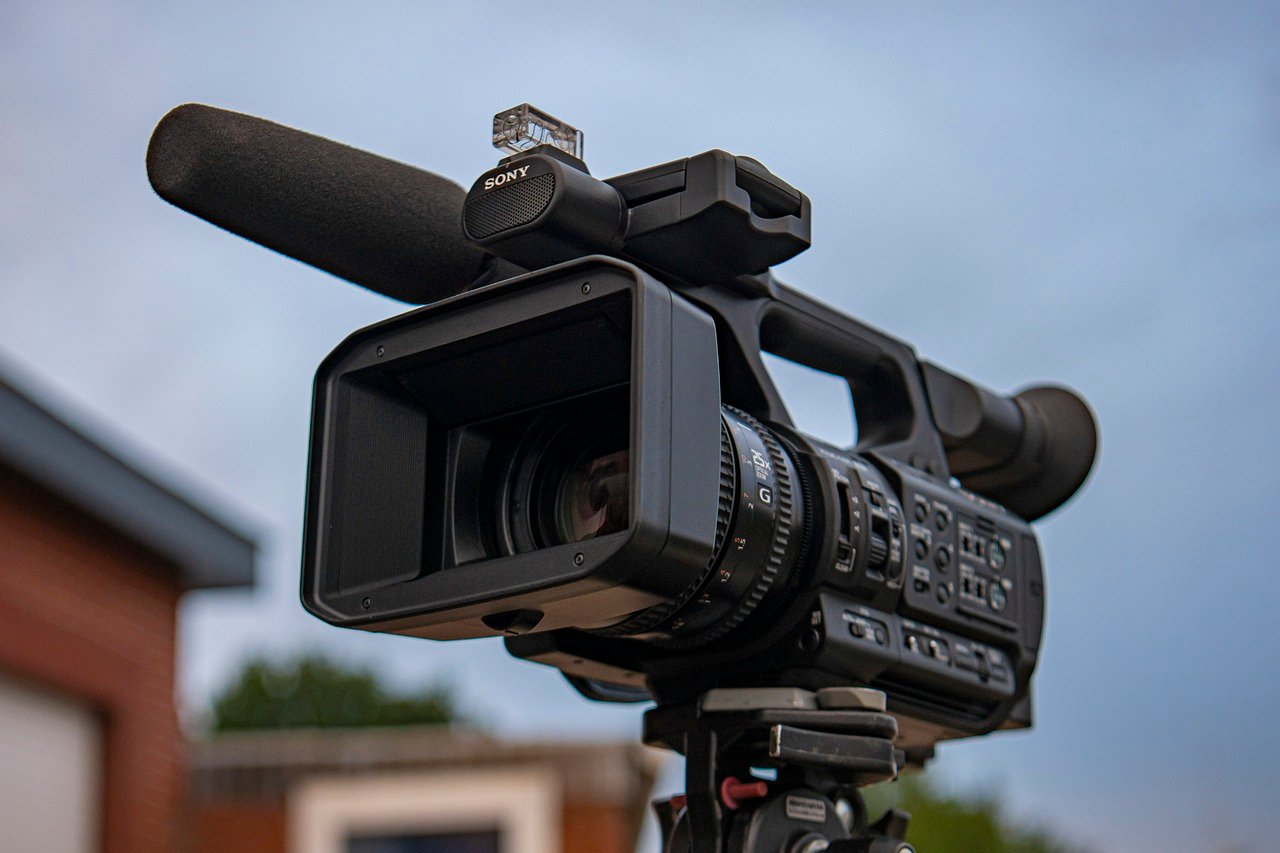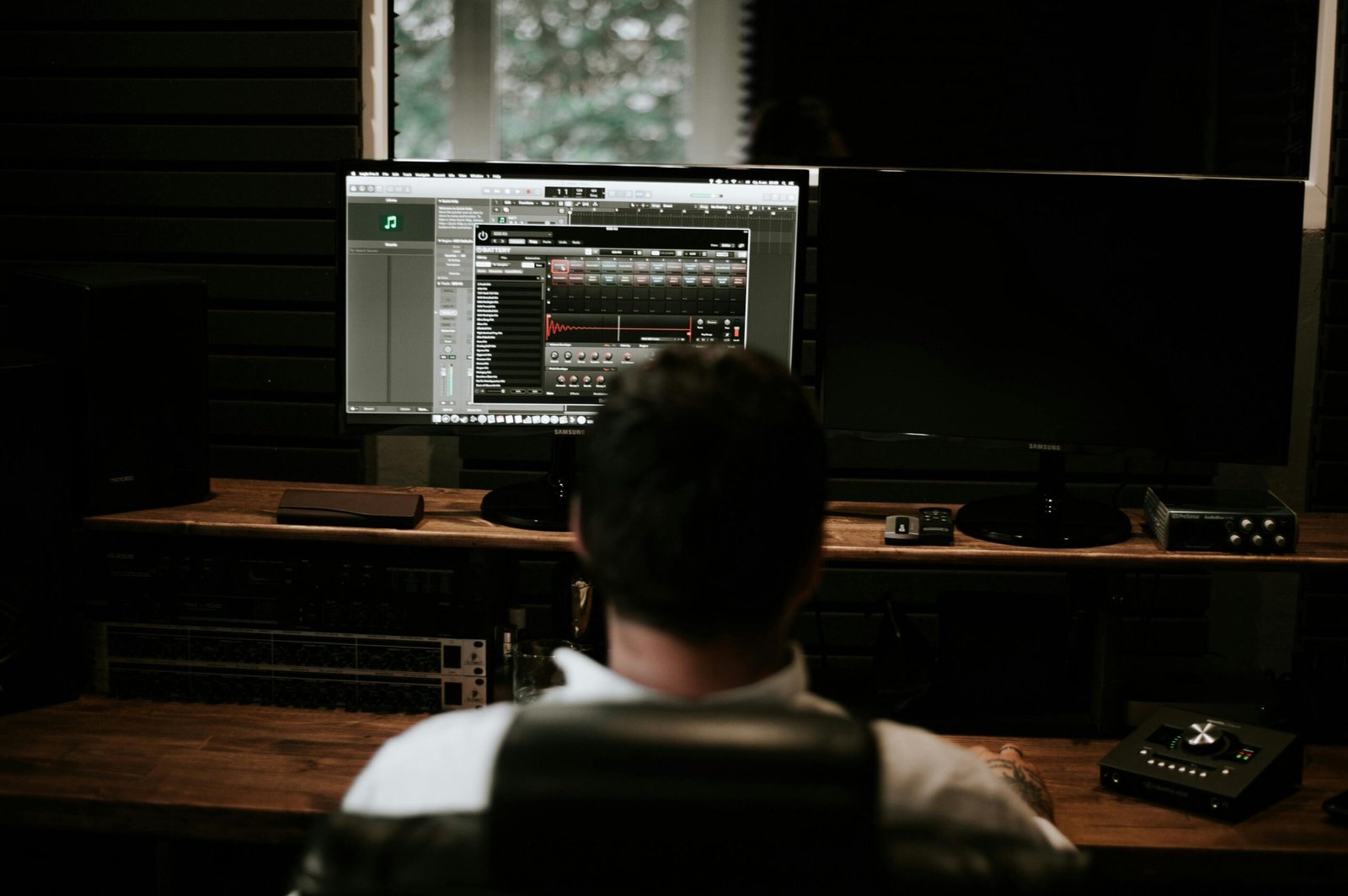Camera Maintenance: Keeping Your Gear in Top Shape Cameras are delicate pieces of equipment that…
Camera Maintenance: Keeping Your Gear in Top Shape
In the world of photography, your camera is your most valuable tool. Whether you’re a professional photographer or an enthusiastic hobbyist, keeping your camera in top shape is essential to capturing those perfect shots. Camera maintenance is more than just a routine task; it’s a vital part of ensuring that your gear functions properly and lasts as long as possible.
Why Regular Camera Maintenance is Crucial
Maintaining your camera isn’t just about cleanliness—it’s about performance. When you regularly maintain your camera, you’re investing in the longevity of your equipment, ensuring that it continues to produce high-quality photos, and preventing potential costly repairs down the line.
Longevity of Your Equipment: Regular maintenance helps prevent wear and tear on your camera. Dust, dirt, and moisture are the enemies of any electronic device, and cameras are no exception. By keeping these elements at bay, you can significantly extend the life of your gear.
Ensuring High-Quality Photos: A dirty lens or sensor can result in blurry images or unwanted spots on your photos. Regular cleaning ensures that your camera delivers sharp and clear images every time.
Preventing Costly Repairs: Neglecting camera maintenance can lead to serious issues that require professional repairs, which can be expensive. Regular upkeep can help you avoid these costs.
Essential Camera Maintenance Tools
Before diving into the specifics of camera maintenance, it’s important to have the right tools on hand. A well-equipped camera maintenance kit is the first step to ensuring your gear stays in pristine condition.
Cleaning Kits: A good camera cleaning kit typically includes lens cleaning solution, sensor cleaning swabs, a soft brush, and other essentials. These kits are specifically designed to clean delicate camera parts without causing damage.
Air Blowers: An air blower is an indispensable tool for removing dust and debris from the camera body and lenses without direct contact, minimizing the risk of scratching.
Microfiber Cloths: Microfiber cloths are ideal for wiping down camera lenses and screens. They’re gentle enough to avoid scratches but effective at removing smudges and fingerprints.
Cleaning the Camera Body
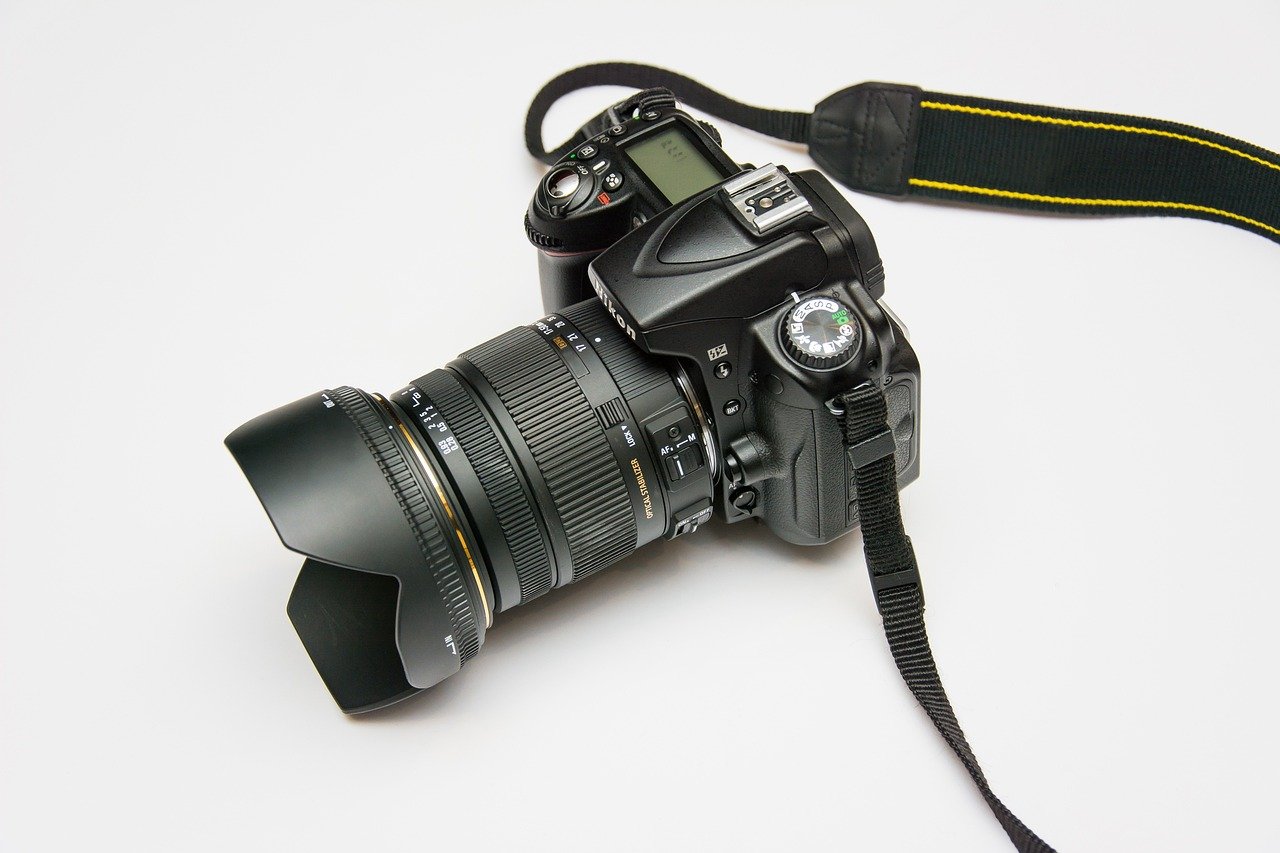
The exterior of your camera is exposed to the elements every time you shoot, making it essential to keep it clean. Here’s how to maintain the camera body:
External Dust and Dirt Removal: Use an air blower to gently remove any loose dust or dirt from the camera body. Follow up with a soft brush or microfiber cloth to wipe away any remaining particles.
Handling Sensitive Components: Be cautious around buttons, dials, and the lens mount. These areas are sensitive and can be damaged if not handled properly. Avoid using excessive force when cleaning these components.
Maintaining Camera Lenses
Your camera lens is one of the most important parts of your gear, and keeping it clean is crucial for capturing sharp images.
Importance of Lens Cleaning: A clean lens is essential for achieving clear, high-quality images. Even a small smudge or fingerprint can drastically affect the outcome of your photos.
How to Clean Your Lens Safely: Start by using an air blower to remove dust and debris. Apply a few drops of lens cleaning solution to a microfiber cloth and gently wipe the lens surface in a circular motion. Avoid applying the solution directly to the lens.
Tips for Protecting Your Lenses: Always use a lens cap when your camera is not in use. Consider investing in a UV filter, which can protect the lens from scratches and dust without affecting image quality.
Sensor Cleaning: A Critical Task
The camera sensor is a highly sensitive component that can be easily affected by dust and debris. Keeping it clean is essential for maintaining image quality.
What is Sensor Dust? Sensor dust refers to tiny particles that settle on your camera’s sensor, causing dark spots or blemishes in your photos. These are especially noticeable in images with a lot of sky or other light backgrounds.
Steps to Clean Your Camera Sensor: Sensor cleaning should be done with extreme care. Use a specialized sensor cleaning kit, which usually includes swabs and cleaning solution. Gently swipe the sensor with a swab, following the instructions provided with your kit.
When to Seek Professional Help: If you’re uncomfortable cleaning the sensor yourself or notice persistent issues even after cleaning, it may be best to take your camera to a professional for maintenance.
Battery Care and Maintenance
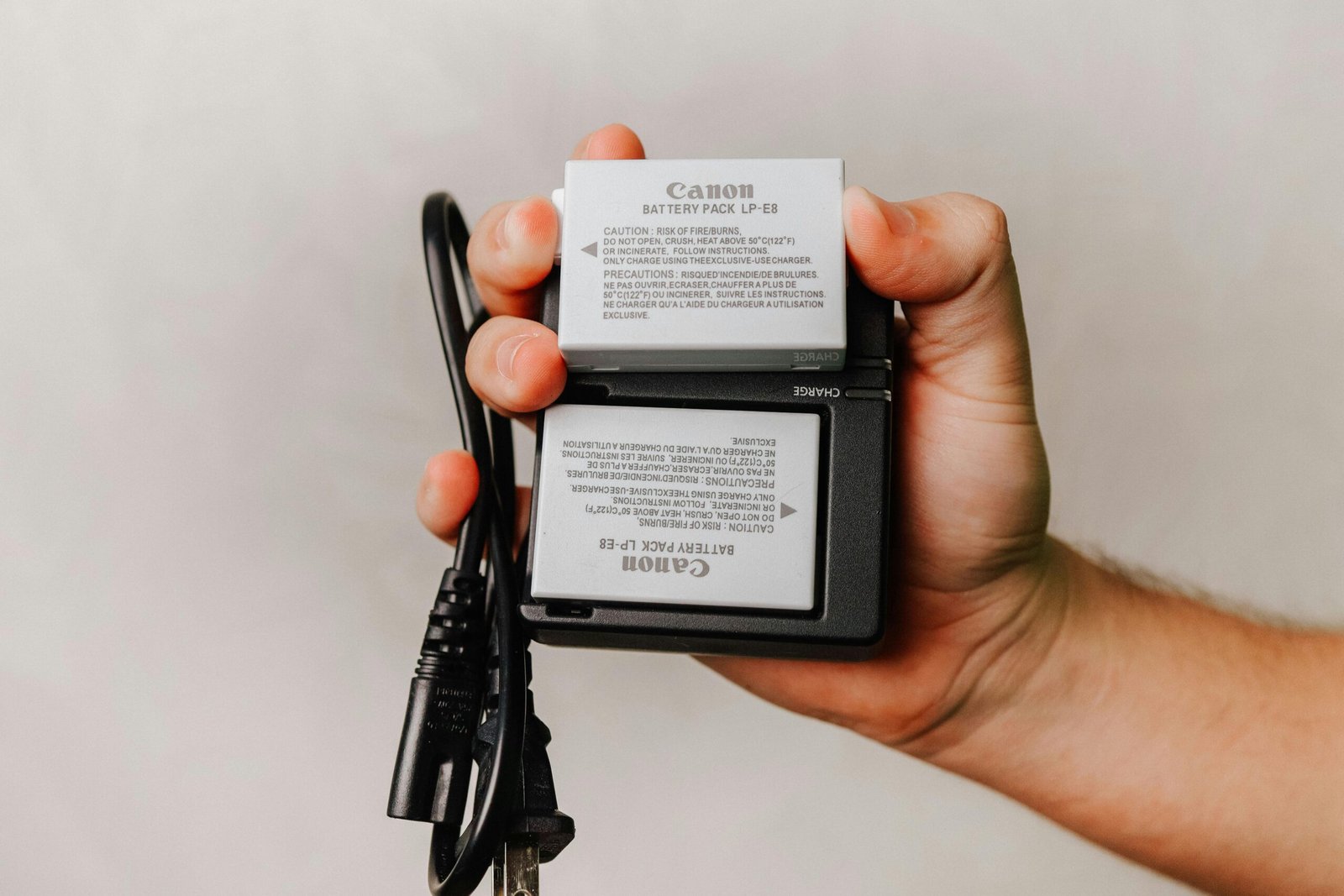
Your camera’s battery is its lifeblood, and proper care is essential for ensuring that it performs well and lasts as long as possible.
Proper Charging Techniques: Always use the charger that came with your camera, as third-party chargers may not be as reliable. Avoid overcharging your battery, as this can shorten its lifespan.
Storing Batteries Correctly: Store your batteries in a cool, dry place. If you’re not using your camera for an extended period, remove the battery to prevent it from draining or leaking.
Extending Battery Life: To get the most out of your battery, avoid using the LCD screen excessively, as it consumes a lot of power. Additionally, keep your camera’s firmware updated, as some updates can improve battery efficiency.
Memory Card Management
Memory cards are another critical component of your camera setup. Proper handling and maintenance can prevent data loss and extend the life of your cards.
Proper Insertion and Removal: Always turn off your camera before inserting or removing a memory card to avoid potential damage or data corruption. Handle the card by the edges to prevent fingerprints or dust from affecting the contacts.
Formatting and Maintenance: Regularly formatting your memory card in the camera (not on a computer) helps maintain its performance. This process clears out old files and organizes the card’s storage structure.
Data Backup Best Practices: To prevent data loss, always back up your photos to an external hard drive or cloud storage as soon as possible after a shoot. This practice ensures that your valuable images are safe even if something happens to your memory card.
Firmware Updates and Software Maintenance
Keeping your camera’s firmware and software up to date is a key part of maintenance that’s often overlooked.
Importance of Firmware Updates: Firmware updates often include important fixes, new features, and improvements in camera performance. Keeping your camera’s firmware up to date ensures you’re getting the best performance possible.
How to Update Your Camera Firmware: Check your camera manufacturer’s website for the latest firmware updates. Follow the instructions carefully, as an incomplete update can cause issues with your camera.
Keeping Camera Software Up to Date: If your camera connects to software on your computer, such as editing programs or tethering apps, make sure these are also kept up to date. Outdated software can cause compatibility issues or prevent you from accessing new features.
Storing Your Camera Equipment
Proper storage is essential to protect your camera gear from damage when it’s not in use.
Ideal Storage Conditions: Store your camera in a cool, dry place away from direct sunlight. Avoid humid environments, as moisture can lead to mold growth inside your camera.
Use of Camera Bags and Cases: Invest in a high-quality camera bag or case that provides padding and protection from dust and impact. Hard cases are ideal for travel, while soft bags work well for everyday use.
Avoiding Common Storage Mistakes: Never leave your camera in a car, as temperatures can fluctuate dramatically, leading to potential damage. Also, avoid storing your camera in areas with poor ventilation, as this can encourage moisture buildup.
Traveling with Your Camera
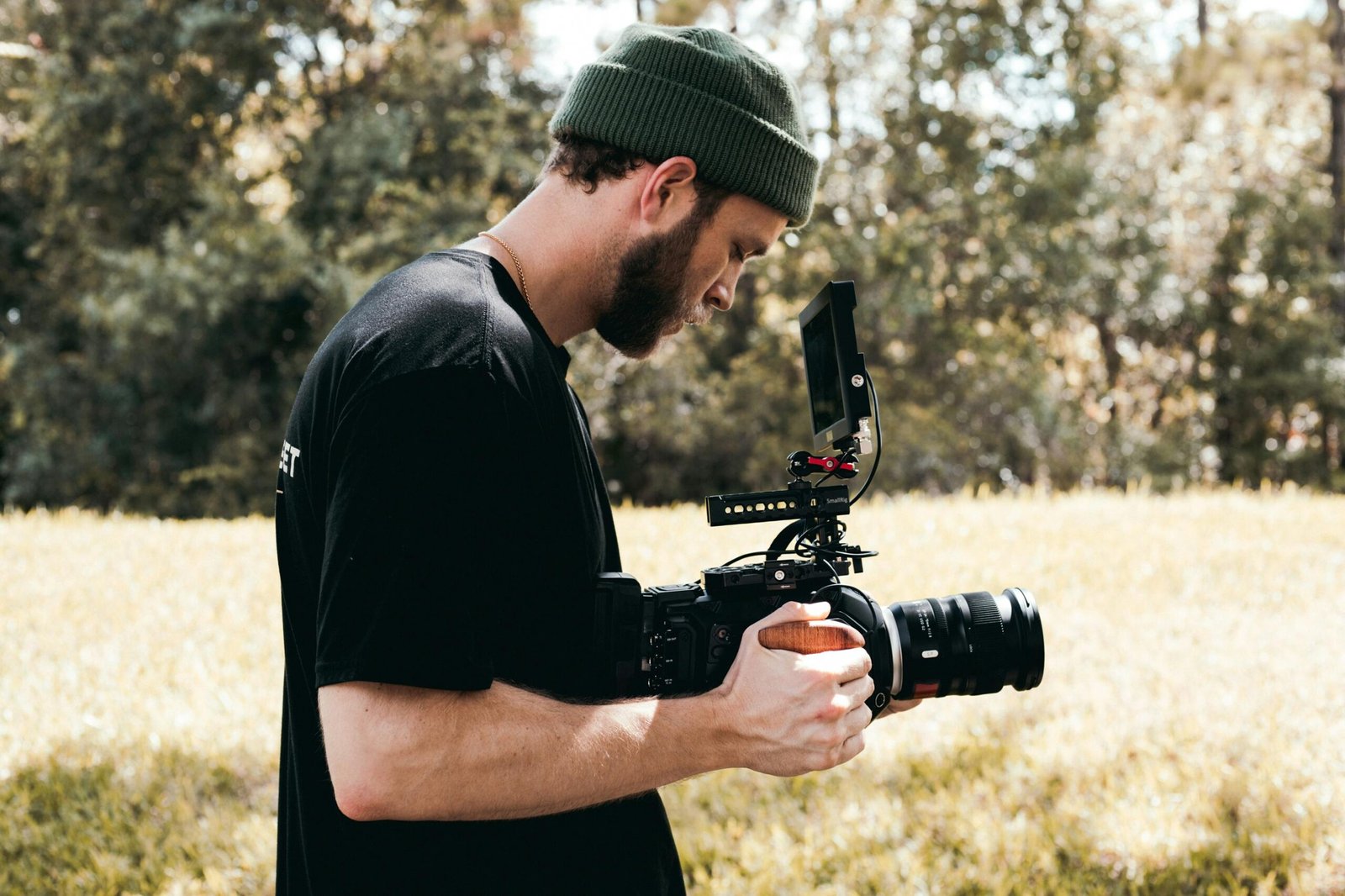
Traveling with your camera requires extra precautions to ensure it remains in good condition throughout your journey.
Preparing Your Camera for Travel: Before traveling, clean your camera thoroughly and ensure all your batteries are fully charged. Pack your cleaning kit so you can perform maintenance on the go.
Protecting Your Gear on the Go: Use a padded camera bag that offers easy access to your gear while keeping it safe from bumps and shocks. Consider using silica gel packets in your bag to absorb moisture.
Post-Travel Camera Check: After returning from a trip, give your camera a thorough cleaning to remove any dust, dirt, or moisture it may have picked up. Check for any signs of damage or wear that may need attention.
Dealing with Adverse Weather Conditions
Shooting in challenging weather conditions can expose your camera to risks. Here’s how to protect your gear:
Protecting Your Camera from Rain and Moisture: Use a rain cover or waterproof housing to shield your camera from rain. If your camera gets wet, dry it off as soon as possible and store it in a dry place with a silica gel packet to absorb any residual moisture.
Handling Extreme Temperatures: In cold conditions, keep your camera close to your body to prevent it from freezing. In hot environments, avoid exposing your camera to direct sunlight for extended periods.
Using Weather-Sealed Equipment: Consider investing in weather-sealed cameras and lenses if you frequently shoot in harsh conditions. These are designed to withstand dust, moisture, and extreme temperatures better than regular gear.
Troubleshooting Common Camera Issues
Even with regular maintenance, you may encounter issues with your camera. Knowing how to troubleshoot common problems can save you time and frustration.
Addressing Common Problems: Issues like blurry images, battery drain, or unresponsive buttons can often be resolved with simple fixes. Check your camera’s settings, clean the affected areas, and refer to the manual for guidance.
DIY Fixes vs. Professional Repairs: While some issues can be handled at home, others may require professional attention. If you’re unsure how to fix a problem or if your camera needs more extensive repairs, it’s best to consult a professional.
When to Replace Parts: Over time, certain parts of your camera may wear out and need replacement. This could include the battery, memory card, or even the shutter mechanism. Keep an eye on your camera’s performance and replace parts as needed to maintain optimal functionality.
Maintaining Vintage and Analog Cameras
If you’re a fan of vintage or analog cameras, special care is needed to keep these older devices in working order.
Special Care for Older Equipment: Vintage cameras often have mechanical parts that require regular lubrication and cleaning. Be gentle when handling these cameras, as they may be more fragile than modern digital models.
Cleaning and Repair Tips for Analog Cameras: Use a soft brush to remove dust from external parts, and consider having the camera professionally serviced for internal cleaning and repairs. Regularly check for light leaks and other issues that can affect photo quality.
Conclusion
Maintaining your camera gear is an ongoing process that pays off in the long run. By regularly cleaning, updating, and storing your equipment properly, you can ensure that your camera remains in top shape and continues to deliver high-quality images. Whether you’re using the latest digital model or a beloved vintage camera, proper maintenance is the key to preserving your investment and keeping your photography journey on track.
FAQs
- How often should I clean my camera lens?
It’s a good idea to clean your camera lens whenever you notice smudges, dust, or debris. For regular use, a light cleaning once a week is usually sufficient. - Is it safe to clean the camera sensor myself?
Cleaning the camera sensor can be risky if not done correctly. If you’re unsure or uncomfortable, it’s best to leave this task to a professional. - What is the best way to store my camera when not in use?
Store your camera in a cool, dry place inside a padded bag or case. Remove the battery and memory card if you won’t be using it for an extended period. - How can I protect my camera in extreme weather?
Use weather-sealed equipment and protective covers to shield your camera from the elements. In extreme temperatures, keep your camera in a stable environment and avoid direct exposure. - Do firmware updates really make a difference?
Yes, firmware updates can improve camera performance, add new features, and fix known issues. Keeping your firmware up to date ensures your camera operates at its best.

